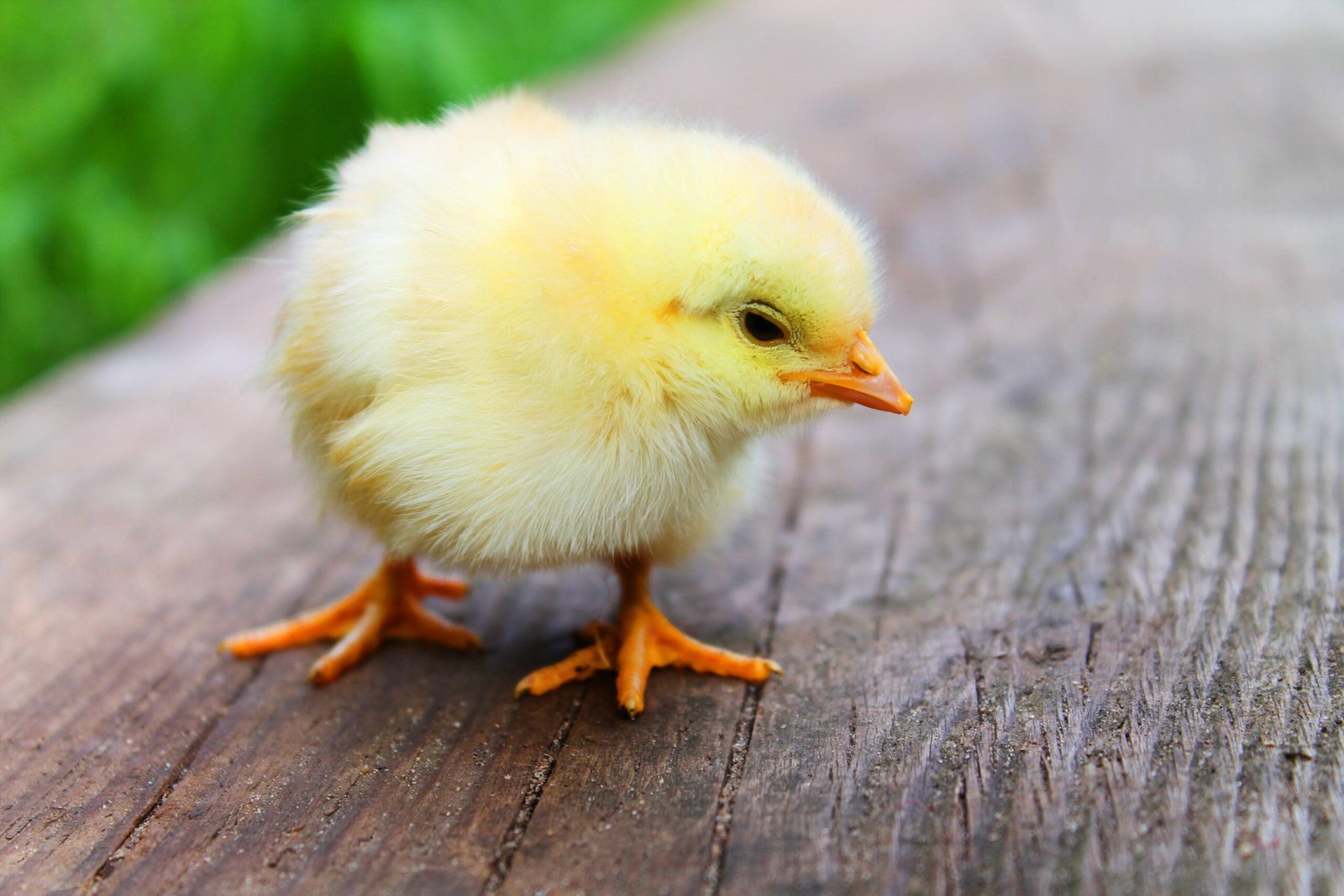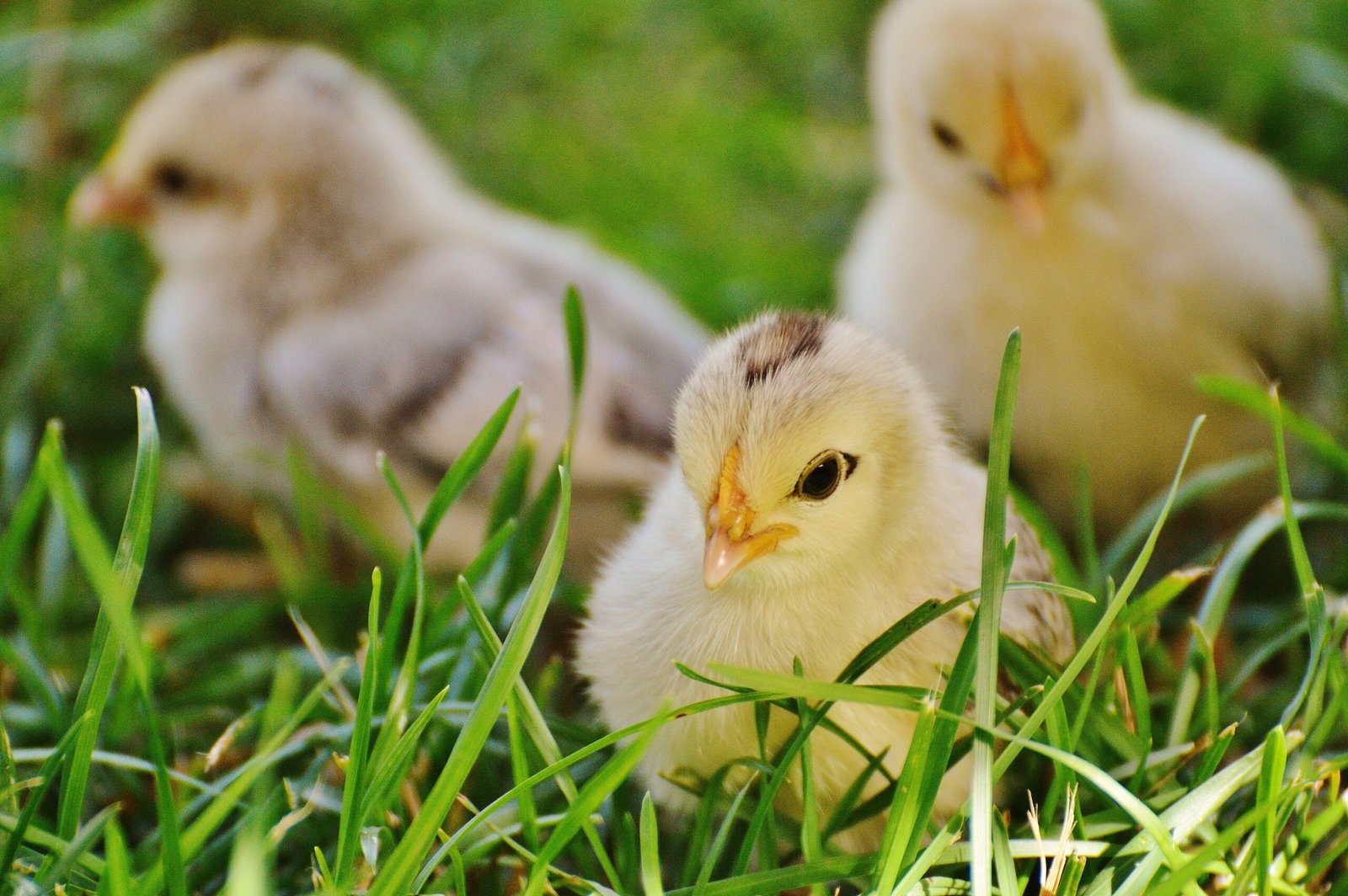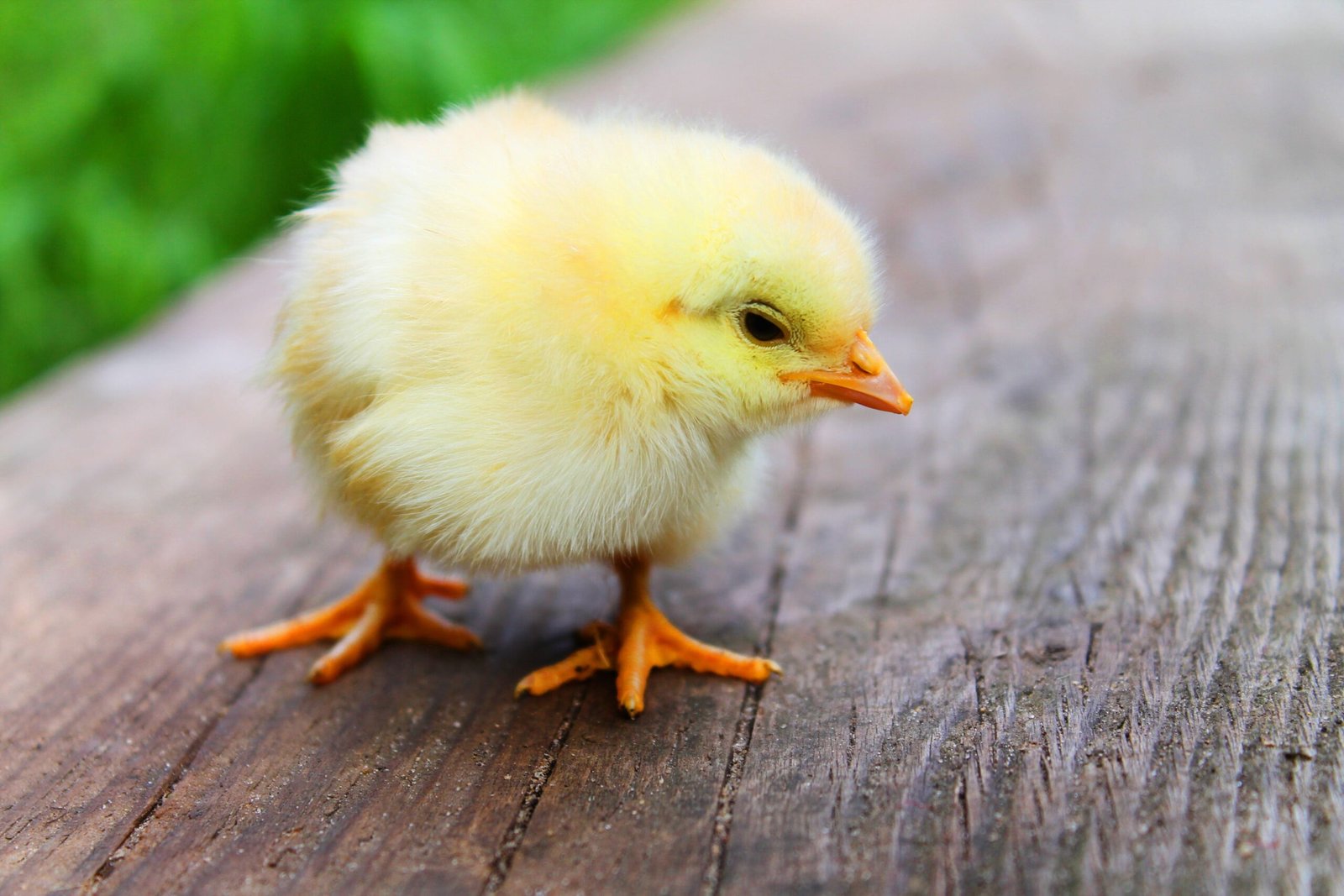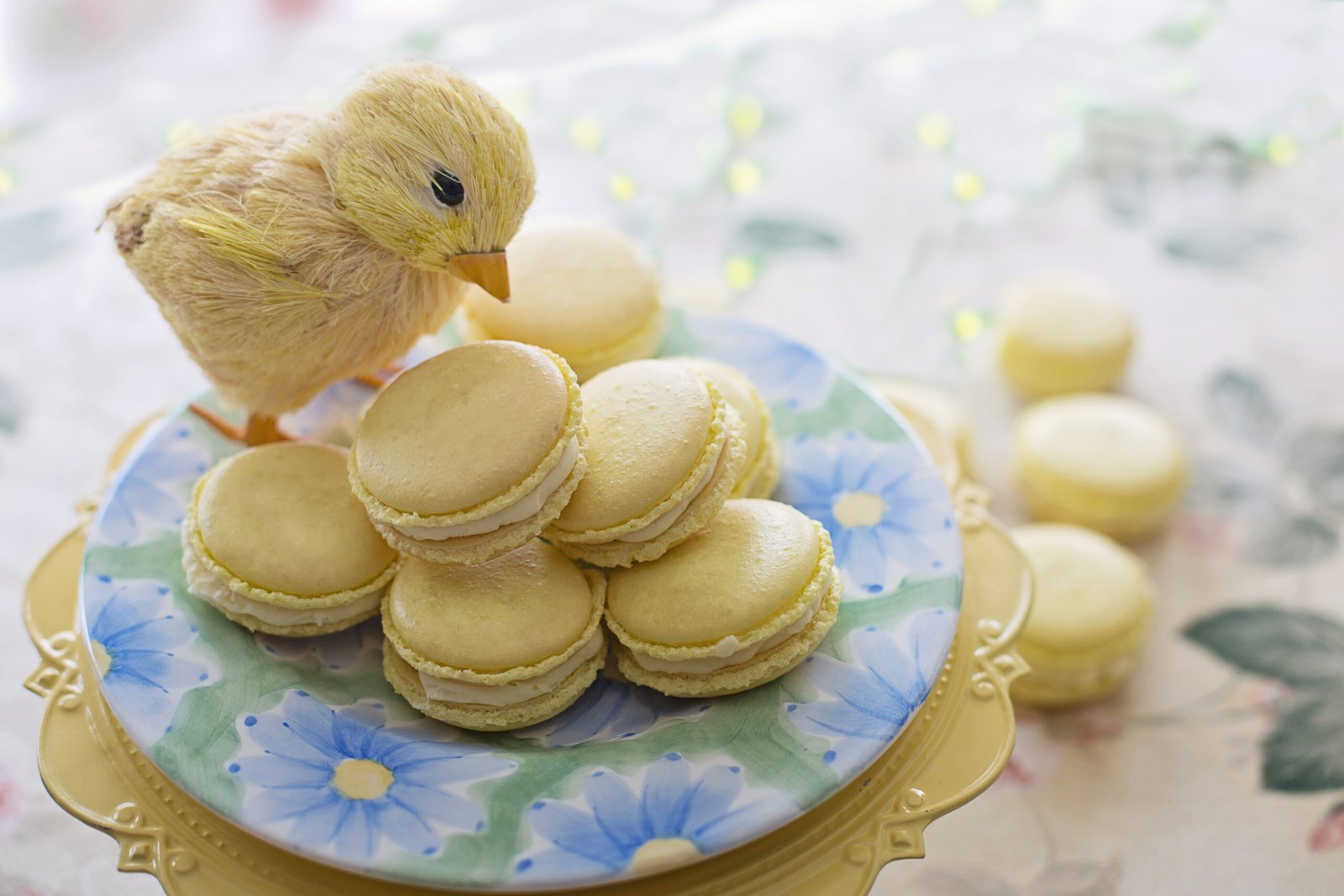
If you’re considering starting a backyard flock and welcoming a bunch of adorable baby chicks into your life, it’s essential to create a safe and functional brooder for them. Creating the perfect environment for these little fluffballs to grow and thrive is crucial for their well-being. In this article, we’ll explore the essential elements needed to build a secure and cozy brooder that will keep your baby chicks safe and happy. From choosing the right materials to providing proper heating and ventilation, we’ve got you covered on all the basics of brooder building. Get ready to embark on an exciting journey of raising healthy and happy chicks right in your own backyard!

Materials needed
List of materials
To build a safe and functional brooder for baby chicks, you will need the following materials:
- A sturdy brooder box or enclosure
- A heat source such as a heat lamp or heating pad
- A thermometer to monitor temperature
- Proper lighting fixtures
- Suitable flooring material
- Bedding material like wood shavings or straw
- A feeder and waterer designed for chicks
- Fine-mesh or sturdy fencing to secure the brooder
- Clean water and chick starter feed
- Optional: a source of entertainment or enrichment for your chicks, such as a small toy or mirror.
Safety considerations
When building a brooder for baby chicks, safety should be a top priority. Here are some safety considerations to keep in mind:
- Choose materials that are non-toxic and safe for chicks to prevent any potential harm or ingestion of harmful substances.
- Ensure that the brooder box or enclosure is secure and free from any small gaps or openings that can lead to escapes or predator access.
- Use a heat source that is safe and reliable, such as a heat lamp with built-in safety features or a heating pad specifically designed for chicks.
- Regularly check the temperature and adjust as needed to prevent overheating or chilling of the chicks.
- Keep the brooder away from drafts, direct sunlight, and other extreme weather conditions that can negatively impact the chicks’ health.
- Regularly clean the brooder to maintain hygiene and prevent the spread of diseases.
Location and setup
Choosing the right location
Selecting the right location for your brooder is crucial for the well-being of your baby chicks. Here are some factors to consider:
- Find a well-ventilated area that provides adequate airflow without exposing the chicks to drafts.
- Avoid placing the brooder near windows or areas with direct sunlight, as it can cause temperature fluctuations inside the brooder.
- Choose a location away from high-traffic areas or noisy environments to minimize stress for the chicks.
Preparing the brooder space
Once you have chosen the location, it’s time to set up the brooder space. Follow these steps for proper setup:
- Ensure the brooder box or enclosure is clean and free from any debris or potential hazards.
- Line the bottom of the brooder with suitable flooring material. Pine shavings or straw make excellent choices as they provide insulation and are easy to clean.
- Place the heat source in one corner of the brooder, making sure it is securely mounted or positioned to prevent any accidents.

Brooder size
Determining the ideal size
The size of the brooder is essential to ensure the comfort and well-being of your baby chicks. Here’s how to determine the ideal size:
- Allow around 2 square feet of space per chick to ensure they have enough room to move, exercise, and establish a pecking order.
- If you have a large number of chicks, consider increasing the size of the brooder or providing additional brooders to avoid overcrowding.
Considering the number of chicks
Understanding the number of chicks you will be raising is crucial when determining the brooder size. Here are some considerations:
- Calculate the number of chicks you plan to raise and make sure they will fit comfortably in the brooder.
- Keep in mind that chicks grow rapidly, so consider their eventual size when planning the dimensions of the brooder.
Temperature control
Setting up a heat source
Maintaining the right temperature is vital for the health and growth of baby chicks. Follow these steps to set up a suitable heat source:
- Place the heat lamp or heating pad about 20 inches above the floor of the brooder, ensuring it covers one corner of the space.
- Set the heat source to provide an initial temperature of around 95°F (35°C) for the first week.
- Use a thermometer to monitor the temperature regularly, making adjustments as needed.
Monitoring and adjusting temperature
Regularly monitoring and adjusting the temperature is crucial for the well-being of your baby chicks. Here’s what you need to do:
- Observe the chicks’ behavior: If they huddle together directly under the heat source, they may be too cold. If they avoid the heat source and pant, they may be too hot.
- Gradually reduce the temperature by around 5°F (3°C) each week until reaching the ambient room temperature. This helps the chicks acclimate and develop their natural ability to regulate body heat.

Lighting
Providing proper lighting
Proper lighting is important for the development and well-being of baby chicks. Here’s how you can provide the right lighting conditions:
- Use a suitable light fixture with a low-wattage bulb to provide gentle illumination in the brooder.
- Keep the light on for approximately 18 hours a day during the first week, gradually reducing it to 14 hours by the fourth week.
- Ensure the light is bright enough for the chicks to see each other and their surroundings easily.
Balancing light and darkness
Creating a balance between light and darkness helps the chicks establish a natural day-night cycle. Consider the following:
- Allow for a period of complete darkness for at least 6 hours each day. This mimics the natural environment and promotes healthy sleep patterns for the chicks.
- Use a timer to automate the lighting schedule, ensuring consistent timing and preventing any disruption to the chicks’ routine.
Flooring and bedding
Choosing suitable flooring
The flooring of the brooder plays a significant role in maintaining hygiene and comfort for the chicks. Consider the following options:
- Pine shavings: These are a popular choice due to their absorbency, insulation, and ease of cleaning. Make sure to use large-sized shavings to prevent ingestion.
- Straw: Straw provides a soft and comfortable surface for the chicks. However, it may require more frequent changing as it can become soiled quickly.
Selecting appropriate bedding material
A suitable bedding material keeps the brooder clean and helps prevent health issues for the chicks. Here are a few considerations:
- Avoid using newspaper or slick materials that can be slippery and may cause leg problems for the chicks.
- Consider using soft and absorbent materials like pine shavings, which provide insulation and can be easily replaced when soiled.
Feeder and waterer
Selecting the right feeder
Choosing the right feeder is essential to ensure the chicks have access to a constant supply of food. Here’s what you need to consider:
- Opt for a feeder specifically designed for chicks, with a shallow tray to prevent feed wastage and reduce the risk of chicks being trapped.
- Make sure the feeder is sturdy and cannot be easily tipped over, ensuring the feed remains clean and accessible.
Choosing a waterer
Providing clean and accessible water is crucial for the chicks’ health and hydration. Consider the following when choosing a waterer:
- Use a waterer designed specifically for chicks, with a small trough or nipple to prevent drowning.
- Ensure the waterer is stable and cannot be easily knocked over, keeping the water clean and preventing spills.
Promoting chick health
Preventing drafts
Drafts can lead to health issues and stress for baby chicks. Here’s how to prevent drafts in the brooder:
- Seal any gaps or openings in the brooder to prevent cold air from entering.
- Place the brooder in a location away from windows, doors, or vents that may cause drafts.
- Regularly check for drafts by observing the chicks’ behavior. If they huddle together excessively or show signs of discomfort, it may be a sign of drafts.
Maintaining cleanliness
A clean brooder is essential for the chicks’ health and well-being. Follow these guidelines to maintain cleanliness:
- Regularly remove any soiled bedding or droppings from the brooder to prevent the spread of bacteria and maintain air quality.
- Clean and disinfect the brooder regularly using a non-toxic disinfectant, ensuring it is dry and free from odors before reintroducing the chicks.
- Provide fresh bedding at regular intervals to maintain a clean and comfortable environment for the chicks.
Securing the brooder
Using appropriate fencing or mesh
Securing the brooder is crucial to protect the chicks from predators and prevent escapes. Consider these steps:
- Use fine-mesh or sturdy fencing material to enclose the brooder, ensuring it is tall enough to prevent chicks from flying or climbing out.
- Check the fencing regularly for any signs of wear or damage that may compromise the security of the brooder.
Ensuring escape prevention
Escapes can be dangerous for baby chicks, exposing them to potential predators and hazardous environments. Take the following measures to prevent escapes:
- Ensure the brooder enclosure is free from any small gaps or openings that chicks can squeeze through.
- Avoid placing any objects near the brooder that chicks could use to climb or escape, such as stacked boxes or nearby furniture.
Transitioning to the coop
Preparing for the move
Once your chicks have grown and are ready to transition to the coop, you need to prepare for a smooth and safe move. Here’s how:
- Set up the coop prior to the move, ensuring it is clean, secure, and properly equipped with appropriate feeders and waterers.
- Gradually introduce the chicks to the coop by allowing supervised visits for short periods initially, gradually increasing their time in the coop over several days.
Gradual introduction to the coop
A gradual introduction helps chicks adapt to their new environment and reduces stress. Here’s what you need to do:
- Introduce the chicks to the coop during the day, allowing them to explore under your supervision.
- Provide food and water in the coop to encourage the chicks to spend time there and associate it with positive experiences.
- Gradually increase the chicks’ time in the coop until they are comfortable spending the entire night there.
Building a safe and functional brooder for baby chicks requires careful planning and attention to detail. By following these guidelines and considering the needs of your chicks, you can create an environment that promotes their health, comfort, and growth. Happy brooding!







